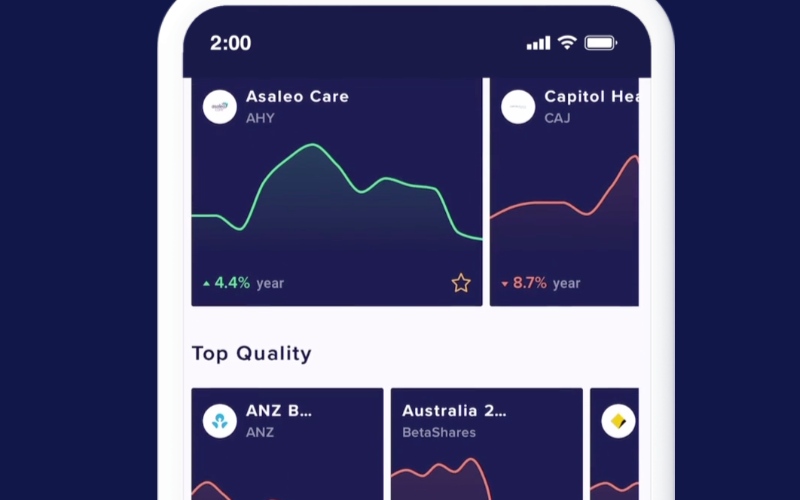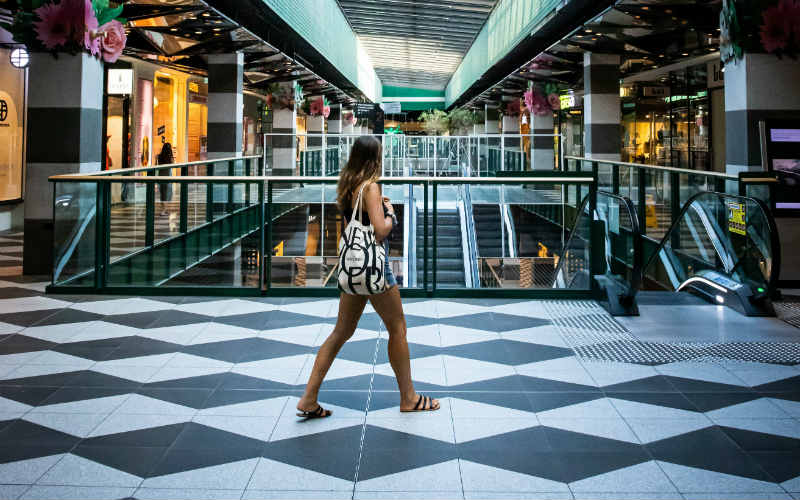Soaring inflation and cost of living pressures could see more Australians reaching for their credit cards, dinting their future financial health, GoCardless Australia and New Zealand general manager Luke Fossett warns.
“Historically, during periods of high inflation, people tend to rely more on credit cards to make ends meet, as they may not have enough cash to cover their expenses,” Mr Fossett said.
Australians chipped away at their credit card debt during the pandemic as many of us reduced our spending during lockdowns.
The nation’s combined credit card balance fell by 38% between January 2020 and its June 2022 low.
“But this trend has reversed as more of us revert to our pre-pandemic spending habits and grapple with the twin challenges of inflation and rising interest rates,” Mr Fossett said.
The quarterly consumer price index (CPI) – the metric we use to measure inflation – peaked at 7.8% in the final quarter of 2022, according to the Australian Bureau of Statistics (ABS). That’s the highest it’s been since mid-1990.
Fortunately, inflation appears to have cooled since, with help from a dozen rate hikes put forward by the Reserve Bank of Australia (RBA).
Not so fortunately, the hikes also exacerbated the cost of living. And, likely, the cost of credit card debt.
“There are concerns that the growing use of credit cards could put people at risk of falling into a ’debt spiral’, where high-interest rates see debt continue to grow despite steady repayments, leading to wider debt problems,” Mr Fossett said.
That could dint the credit scores of impacted Aussies, thereby reducing their ability to use credit in the future.
How can Aussies reduce their reliance on credit cards?
“I think financial visibility is the key to helping Australians gain greater control over our financial positions,” Mr Fossett said.
“And fortunately for all of us, there are existing tools – and new technology being rolled out right now – that can help us achieve this.”
So, what is financial visibility? It’s the ability to know what’s going in and coming out of your bank accounts, up to the minute.
Consumers failing to regularly track their payments could be under the illusion that they have more cash than they do, he said.
Recent research by GoCardless found, of 1,000 Australian consumers involved, nearly a third would like payments to come out of their accounts faster to help them better understand their balance.
While Mr Fossett admits there’s “no silver bullet” in the battle against the cost of living, new tools could make it easier for some to ditch credit.
“Debit payments and digital wallets aside, new technology is being introduced right now, which will fulfil Aussies’ demand for greater payment speed and transparency," he said.
One such technology is PayTo – set to go live among the major banks later this year.
It claims to offer consumers the option to set up payment agreements with organisations.
Unlike direct debit agreements, PayTo payments can be revised when needed.
“We must work fast to strike a balance between funding our needs now and securing our financial future to avoid being worse off later on,” Mr Fossett said.
“Using new and existing tools to help us understand exactly where we stand in our money matters can help us do this.”
Image by Dylan Gillis on Unsplash



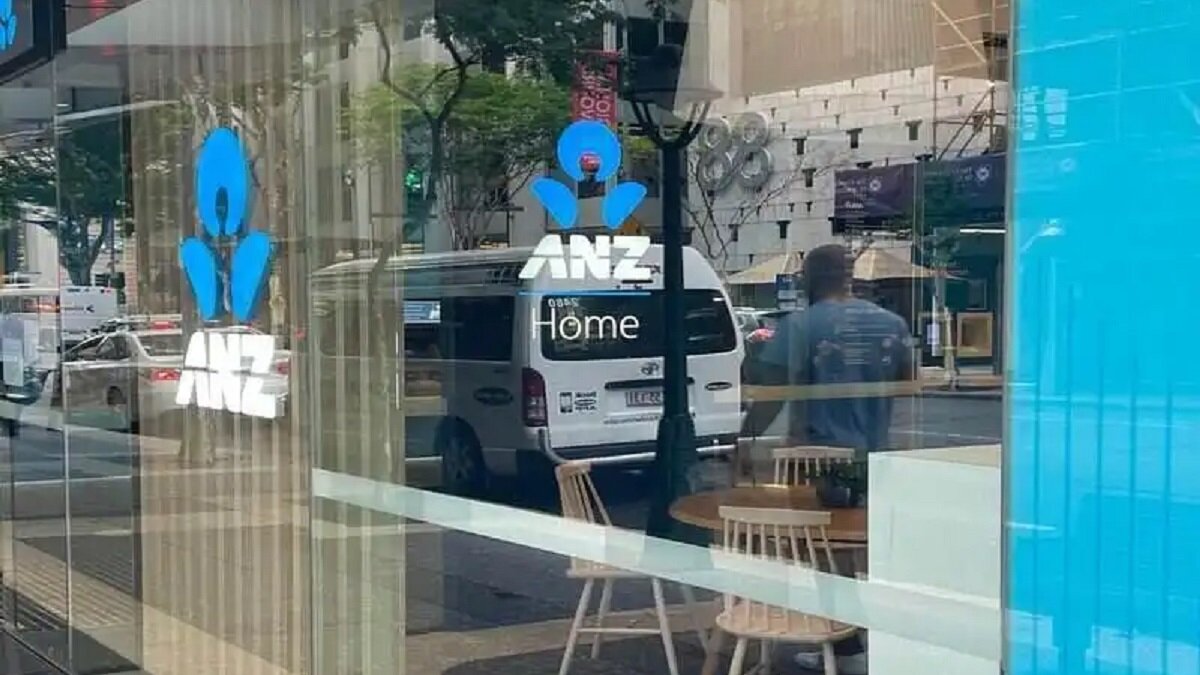
 Brooke Cooper
Brooke Cooper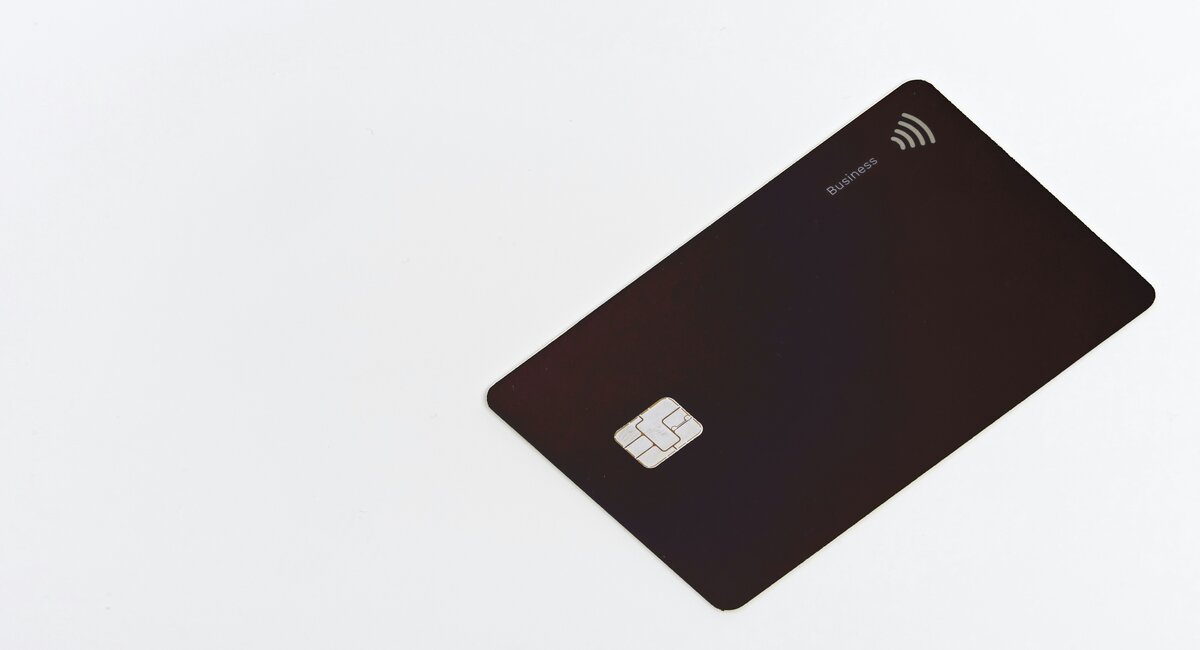
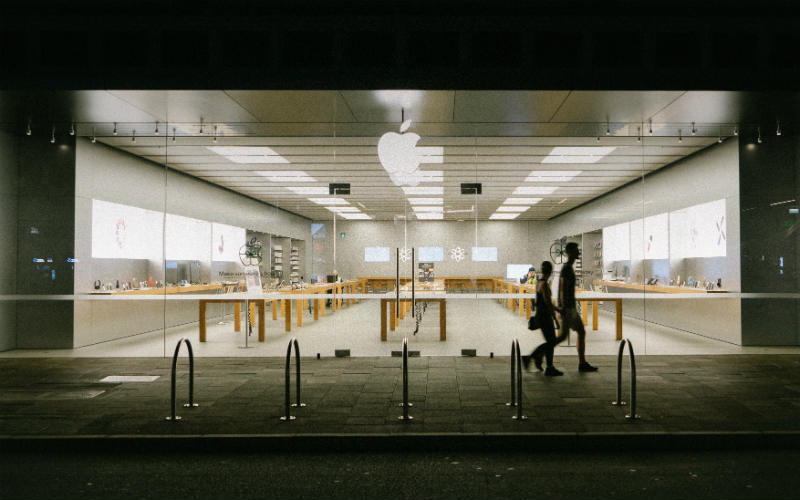
 Emma Duffy
Emma Duffy
